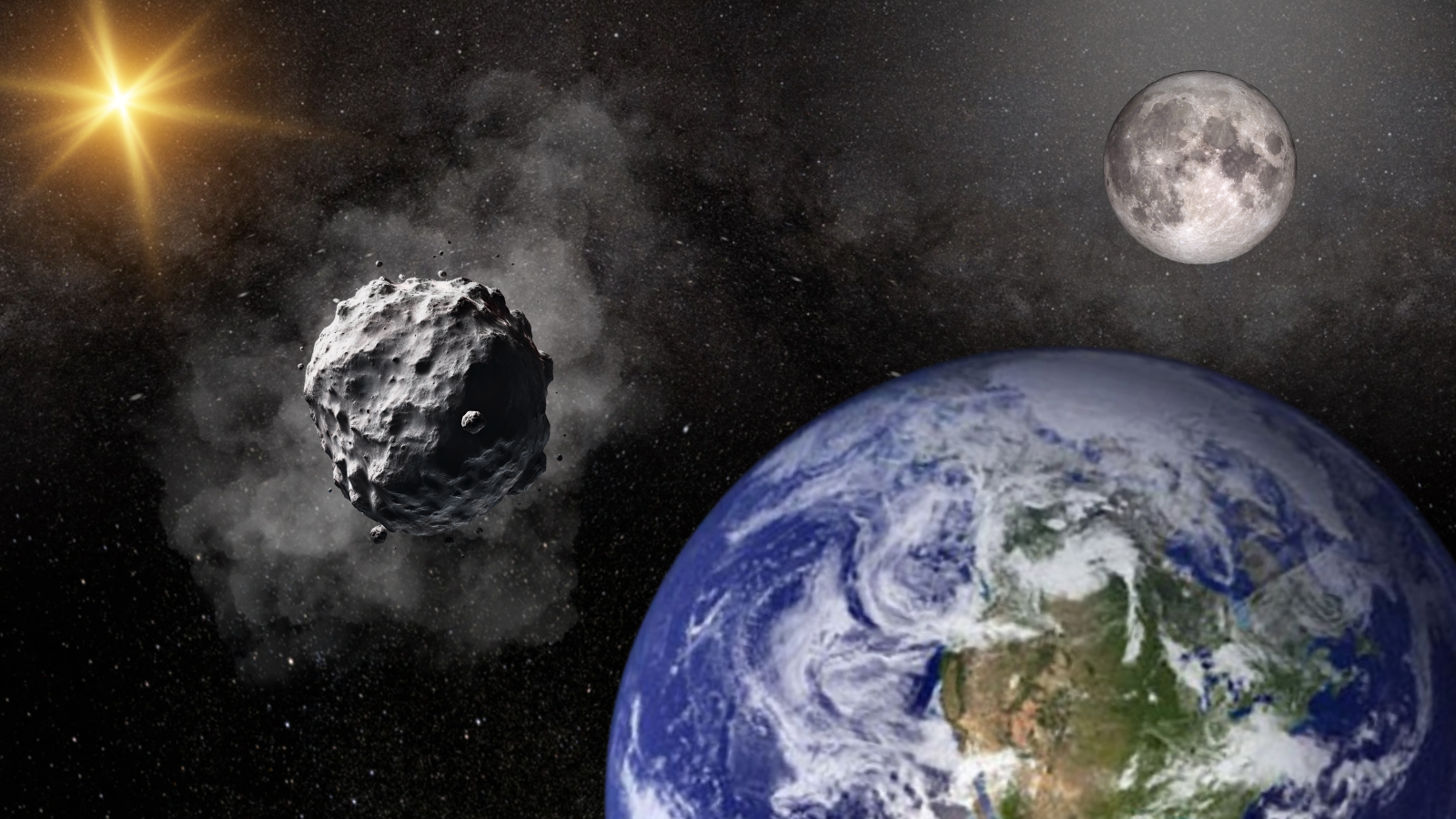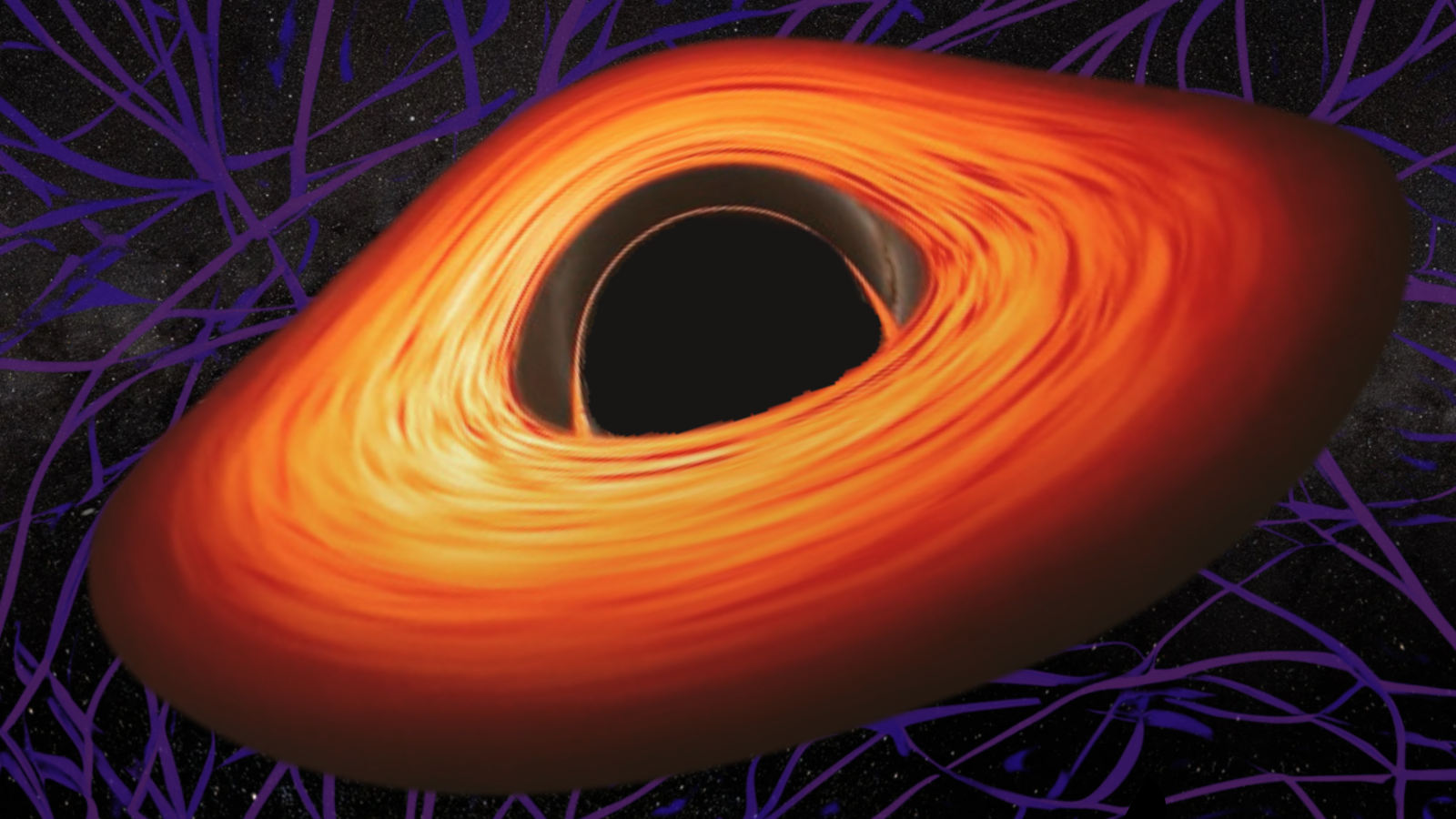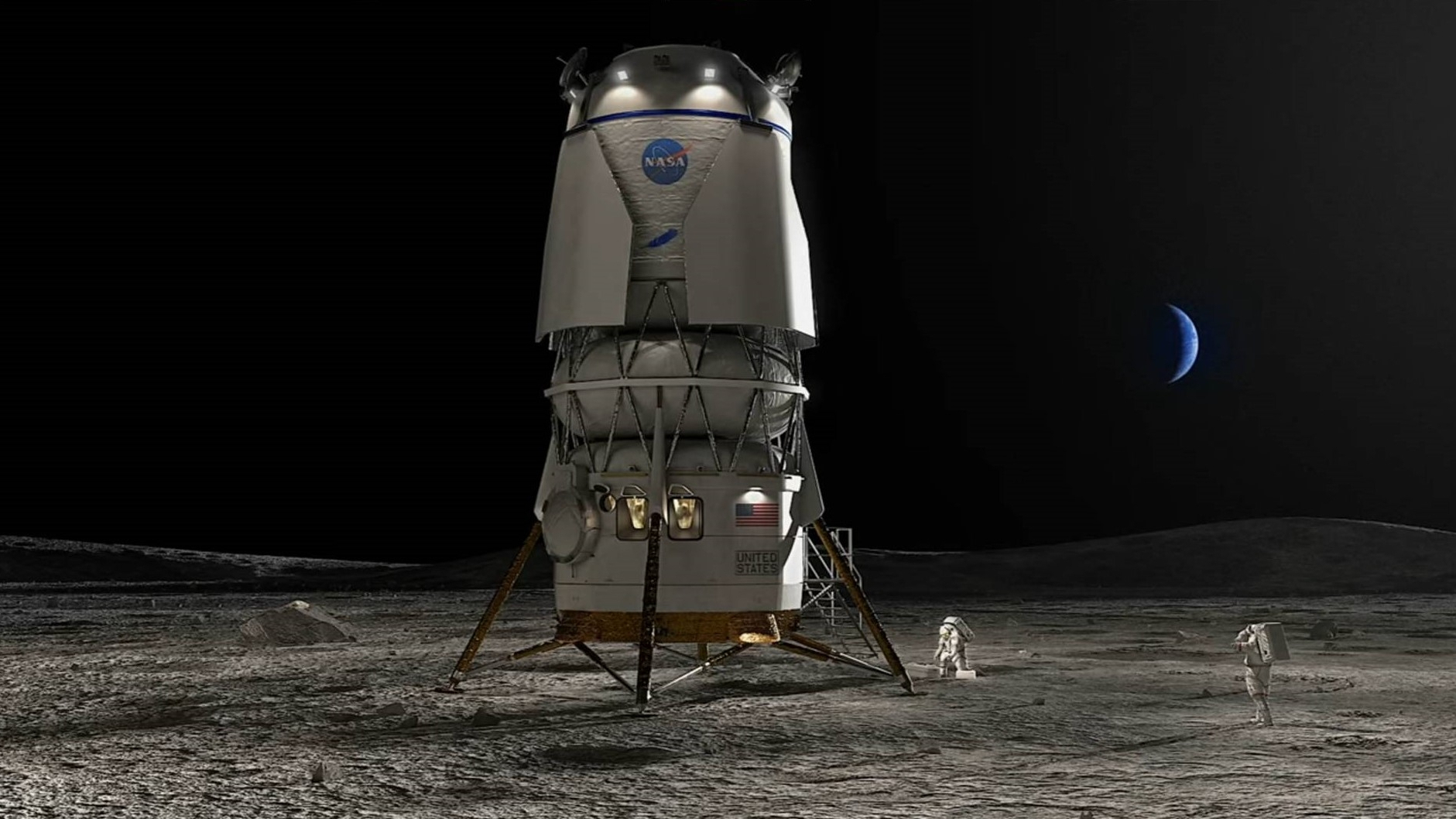
Robert Lea
Robert Lea is a science journalist in the U.K. whose articles have been published in Physics World, New Scientist, Astronomy Magazine, All About Space, Newsweek and ZME Science. He also writes about science communication for Elsevier and the European Journal of Physics. Rob holds a bachelor of science degree in physics and astronomy from the U.K.’s Open University. Follow him on Twitter @sciencef1rst.
Latest articles by Robert Lea
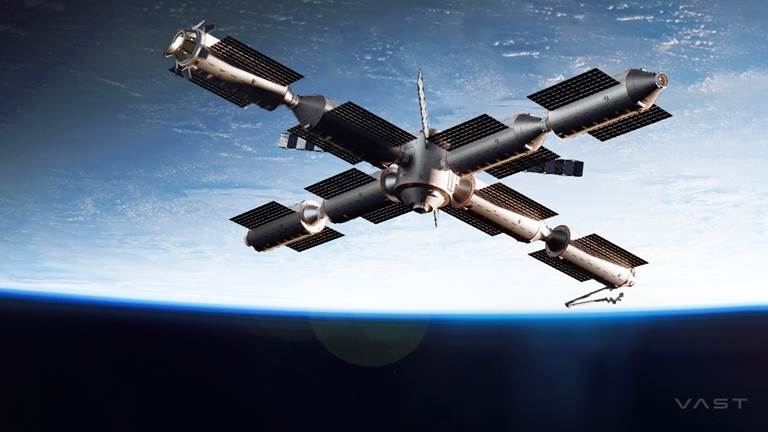
Vast Space unveils Haven-2, a private space station to follow the ISS after its fiery end (video)
By Robert Lea published
U.S. company Vast has unveiled Haven-2, its proposed commercial successor to the soon-to-be-retired International Space Station.
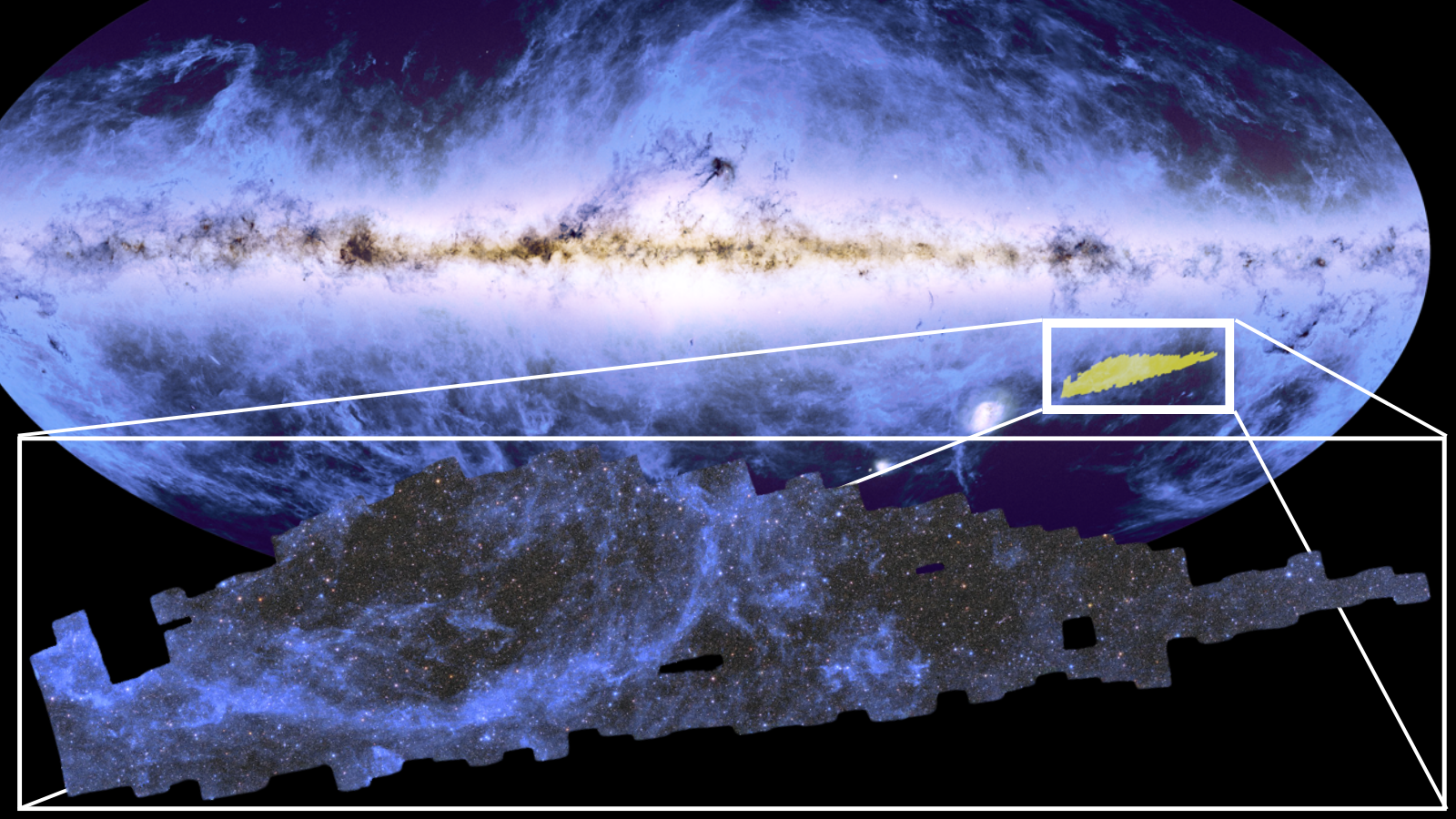
Euclid 'dark universe' telescope reveals 1st breathtaking images from massive 'cosmic atlas' map
By Robert Lea published
The "first page" of an incredible cosmic atlas being built by the Euclid Space Telescope has been released. The millions of stars and galaxies represent just 1% of the 3D map the mission will create.
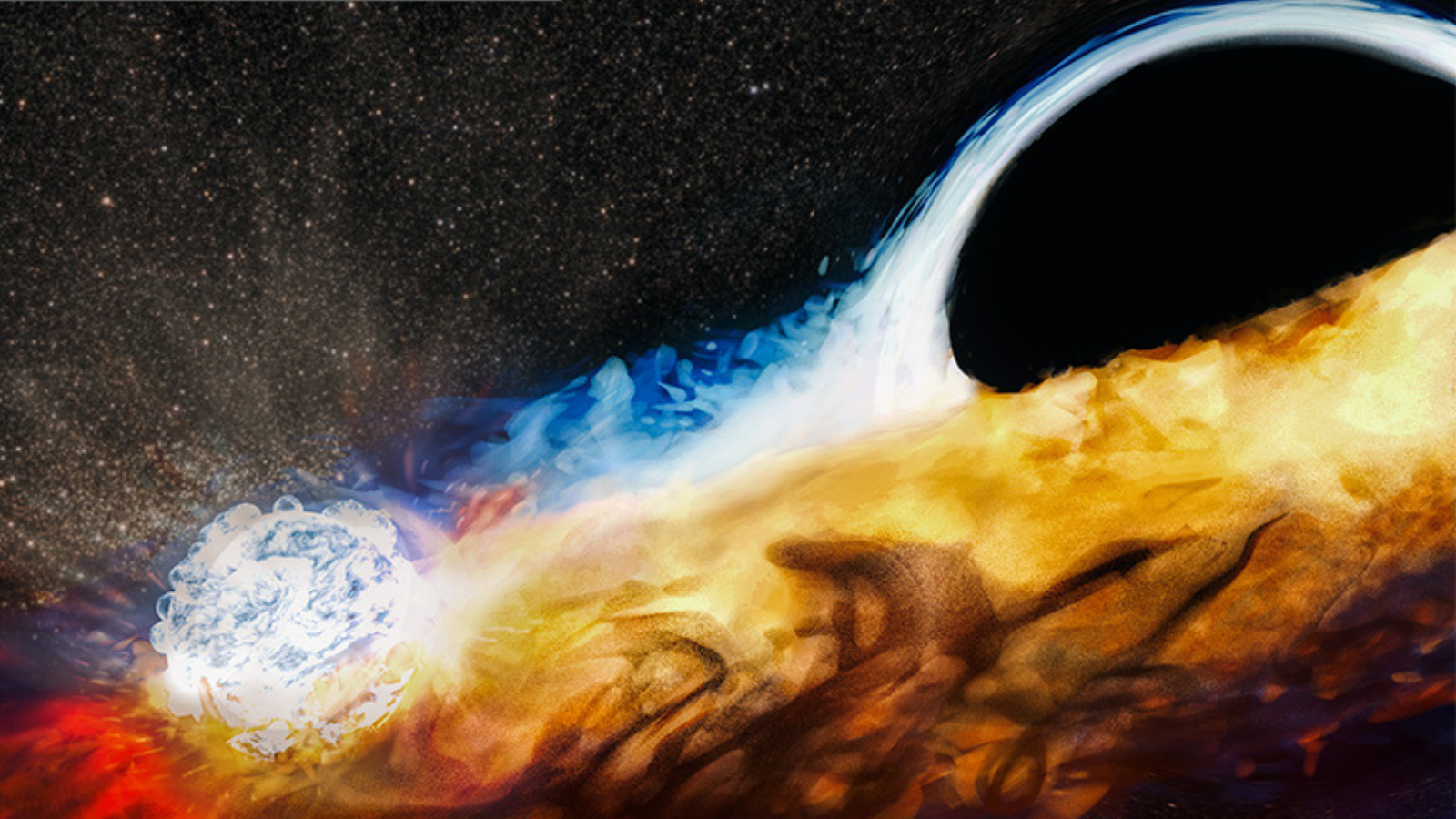
Monster black hole is a 'cosmic Michael Myers' killing a star and brutally attacking another
By Robert Lea published
NASA's Chandra X-ray space telescope has spotted the cosmic serial killer that, like Michael Myers, is back for a sequel, killing a star and attacking a second star with its remains.
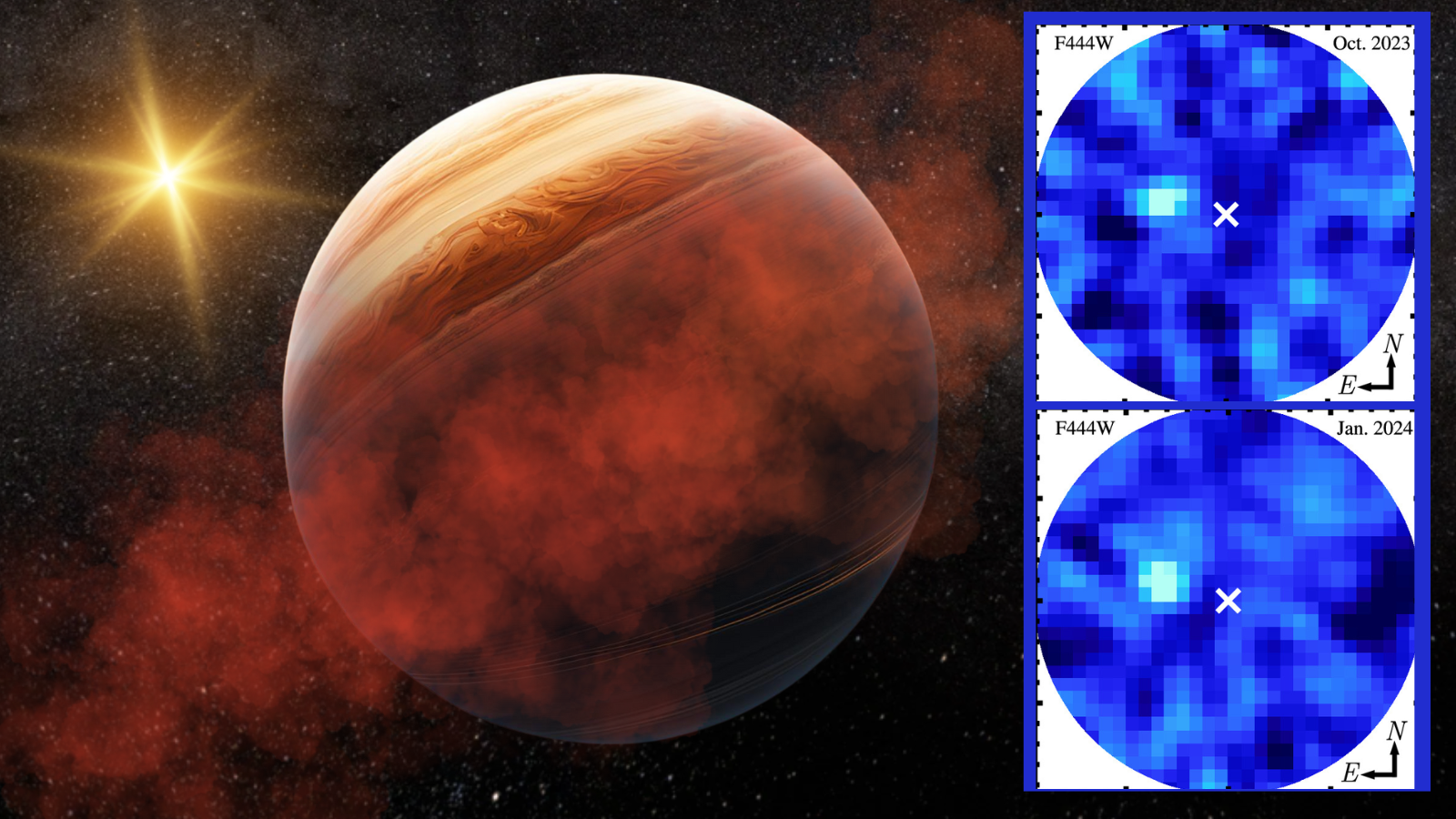
James Webb Space Telescope wins 'race against time' to directly observe young exoplanet
By Robert Lea published
Astronomers using the James Webb Space Telescope had to race against time to image a young exoplanet before it disappeared for a decade.
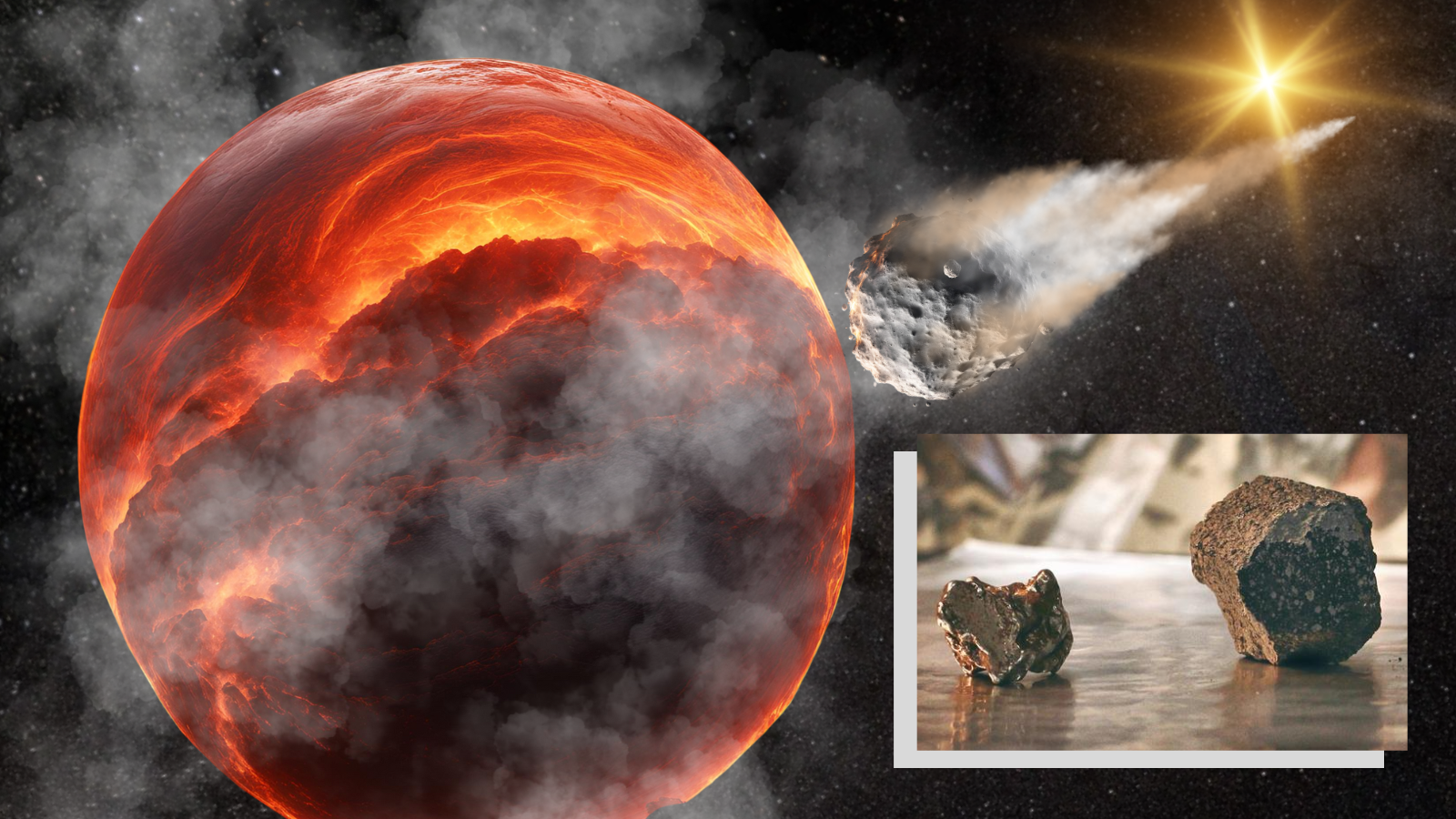
The key ingredients for life on Earth came from space, new evidence suggests
By Robert Lea published
'If we can understand how these materials came to be on Earth, it might give us clues to how life originated here, and how it might emerge elsewhere.'

Nearby exoplanet is a 1st-of-its-kind 'steam world,’ James Webb Space Telescope finds
By Robert Lea published
Using the James Webb Space Telescope, astronomers have found a "first of its kind" world, an exoplanet that is twice the size of Earth and has an atmosphere packed with steam.
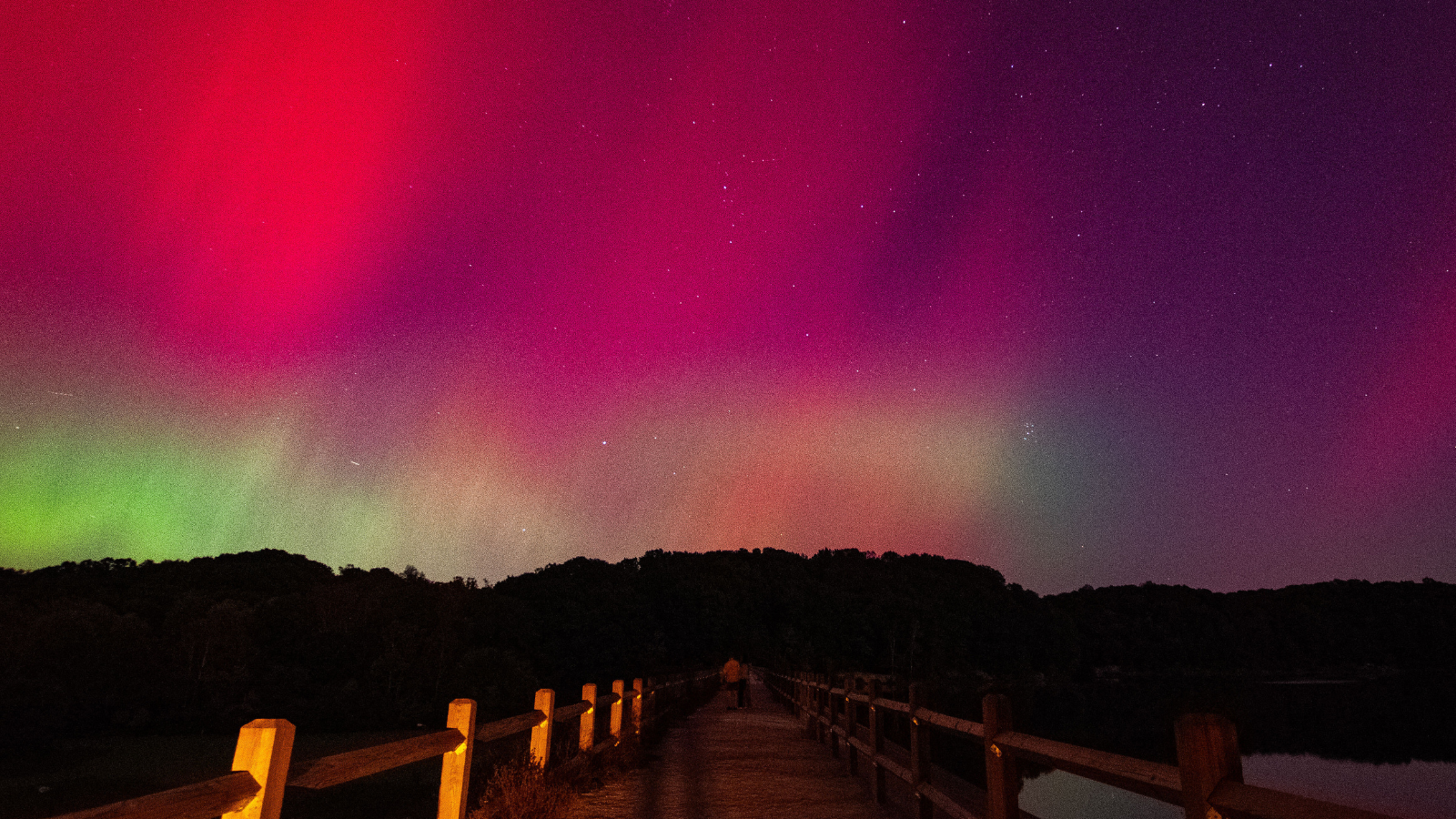
'It was 3 hours of magic': Spectacular auroras thrill stargazers across the world (and internet) as intense geomagnetic storm batters Earth (photos)
By Robert Lea published
A powerful geomagnetic storm illuminated auroras that lit the skies over Earth on Thursday (Oct. 9) after X 2 solar flare that erupted from the sunspot AR 3848 on Tuesday (Oct. 8) evening.
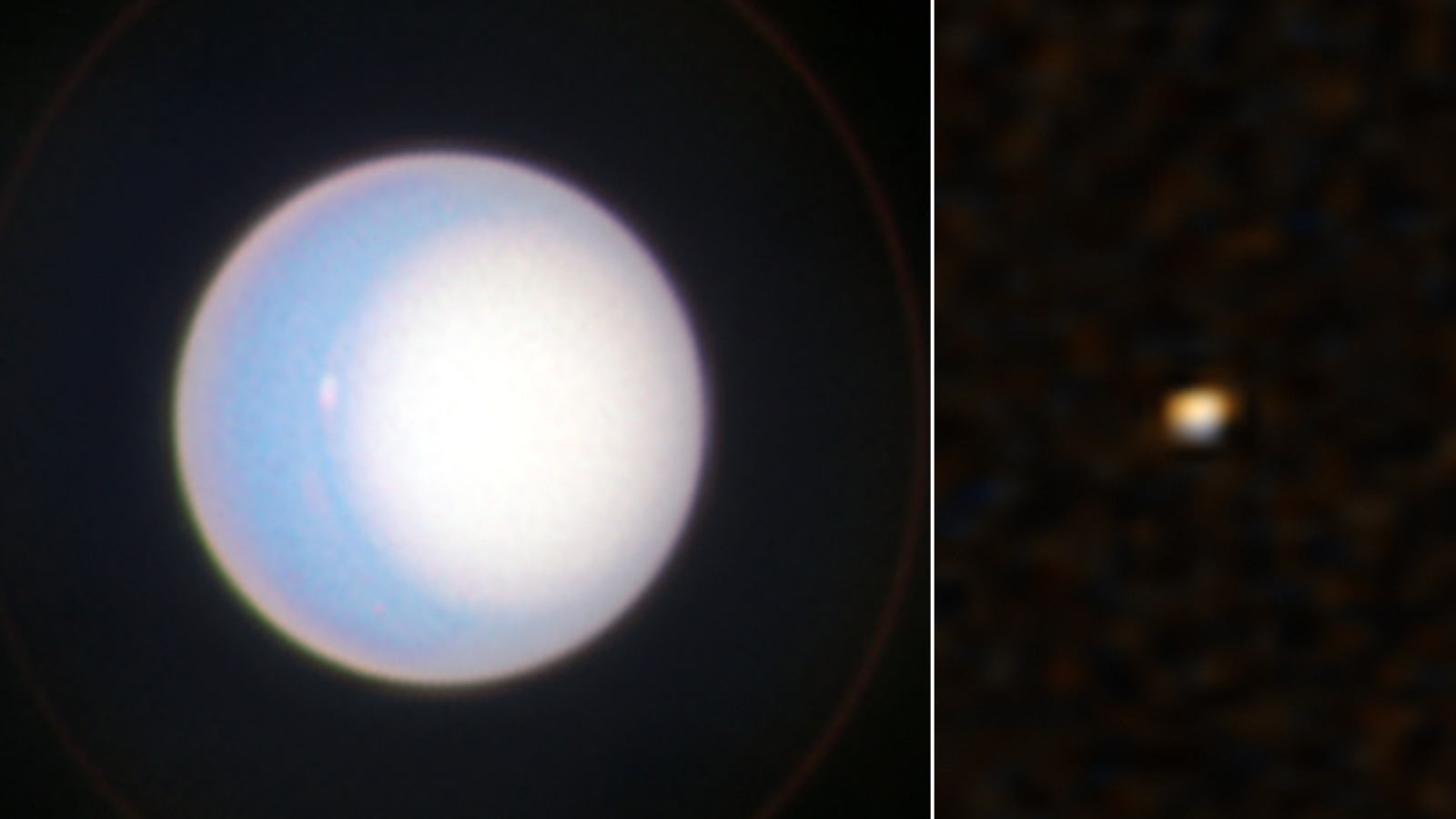
NASA images Uranus with epic team up of Hubble Telescope and New Horizons Pluto probe
By Robert Lea published
NASA's Hubble Space Telescope and New Horizons Pluto probe have teamed up to image the ice giant Uranus, which will help inform future direct imaging of exoplanets.
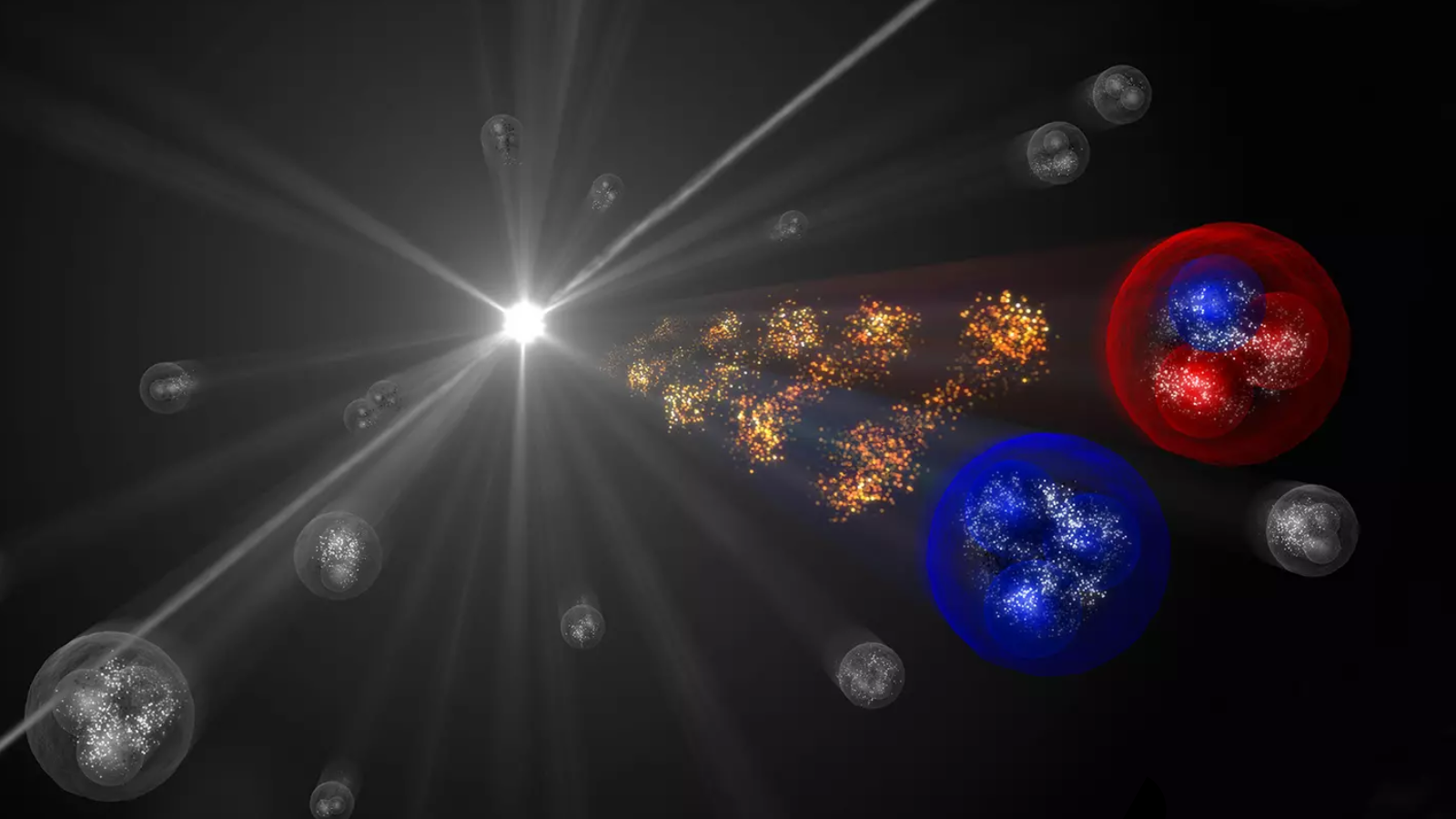
Cosmic rays have surprising amounts of antimatter. Is dark matter responsible?
By Robert Lea published
There's too much antimatter in cosmic rays, showers of charged particles that pelt Earth. Could this be explained by annihilating dark matter? If so, does it point to the existence of WIMPs?
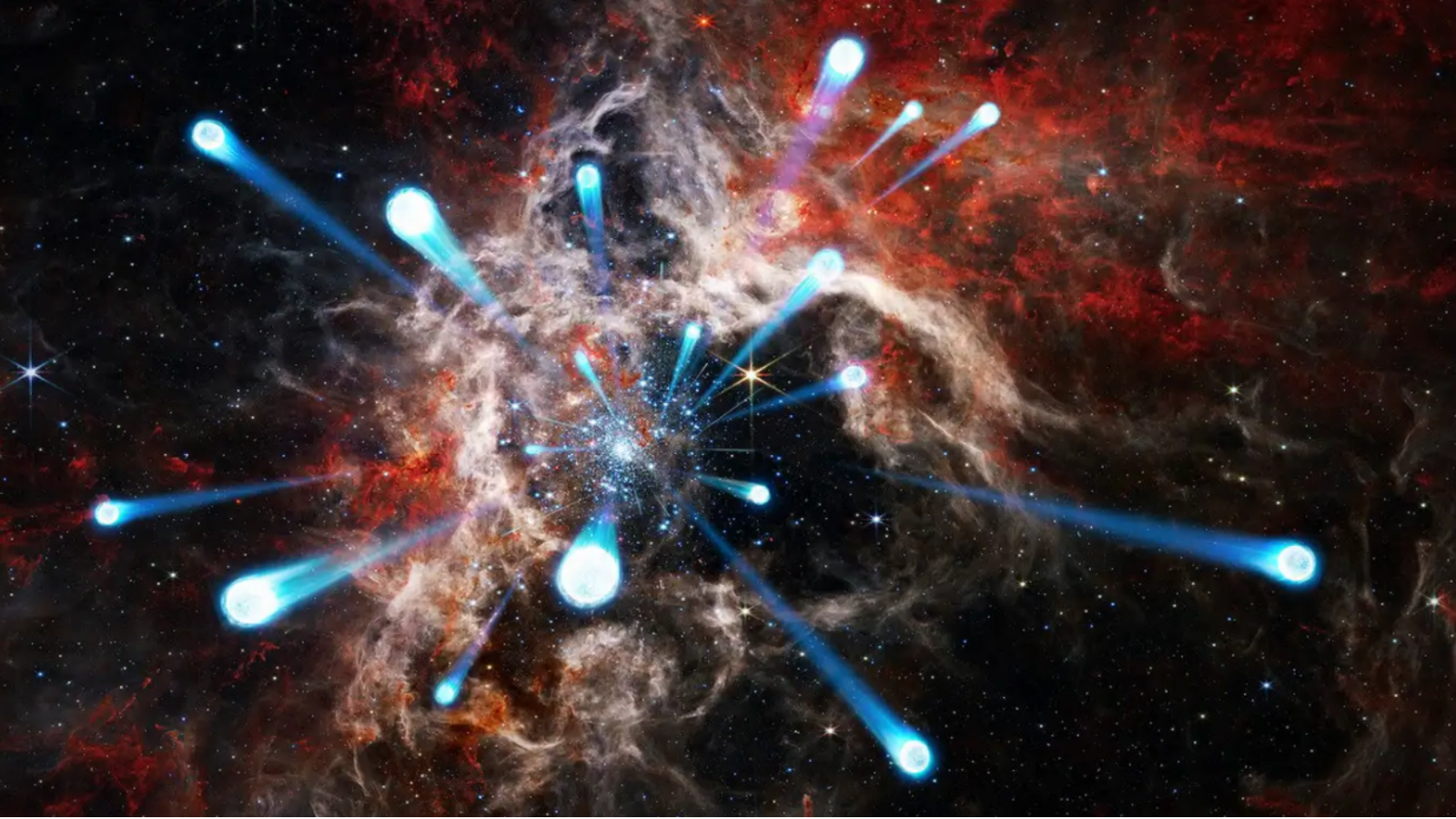
Gaia space telescope discovers 55 'runaway' stars careening away from stellar cluster at 80 times the speed of sound
By Robert Lea published
Using the Gaia space telescope, astronomers have observed 55 massive stars ejected from their home star cluster in the Large Magellanic Cloud at speeds equivalent to 80 times the speed of sound.
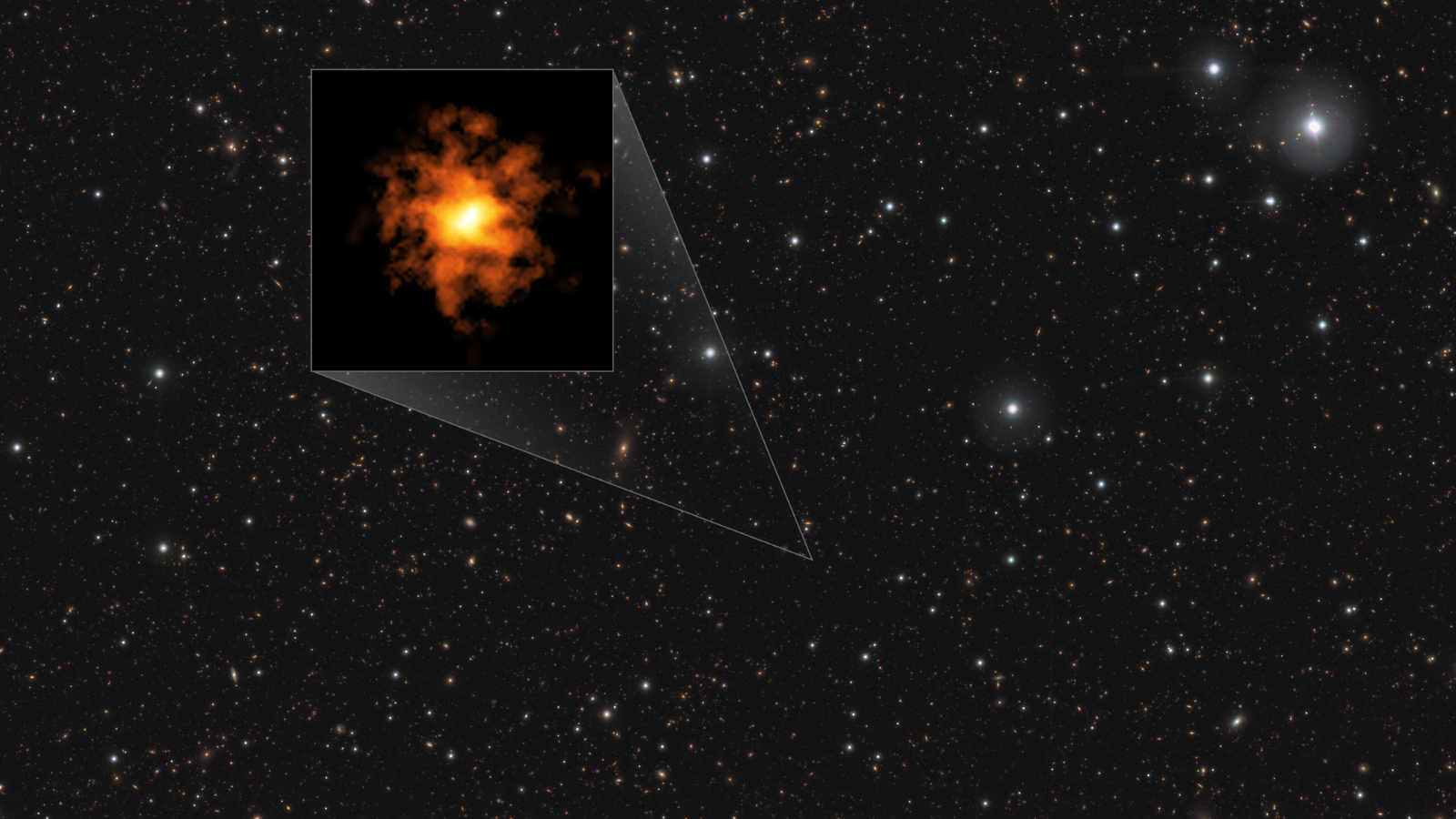
Record-breaking ancient spinning galaxy challenges cosmic evolution theories
By Robert Lea published
Astronomers have discovered the most distant and, thus, earliest strongly rotating galaxy ever seen that is well-organized rather than chaotic and messy, challenging our theories of cosmic evolution.
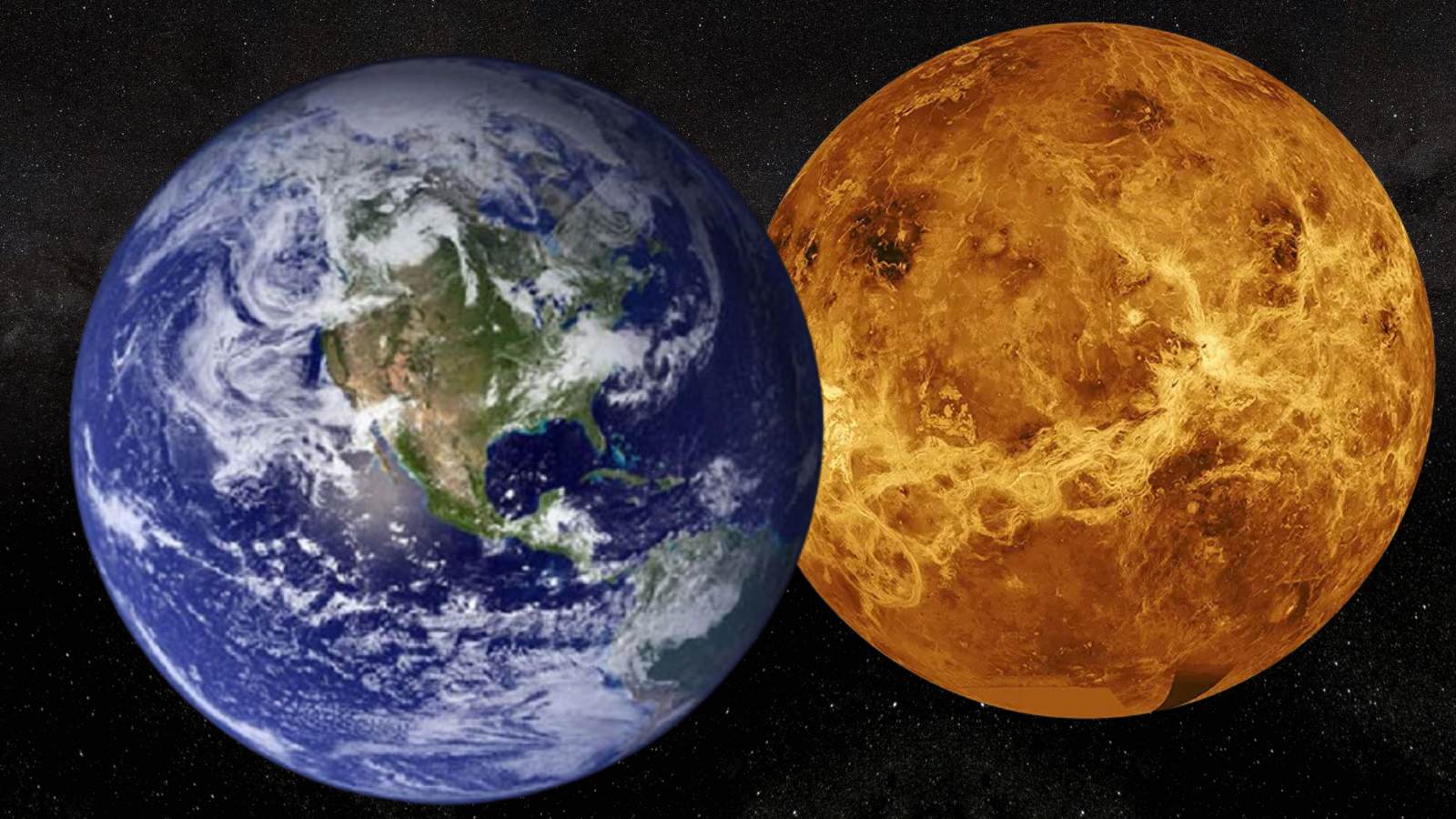
Could Earth's 'evil twin' Venus carry a dire warning about climate change?
By Robert Lea published
"Venus is certainly a good example of one extremity of the greenhouse effect run amok."

James Webb Space Telescope studies dusty 'pancakes' feeding baby stars and birthing planets
By Robert Lea published
The James Webb Space Telescope has taken an intricate look at how pancakes of gas and dust feed infant stars and help them grow before influencing the birth of planets.
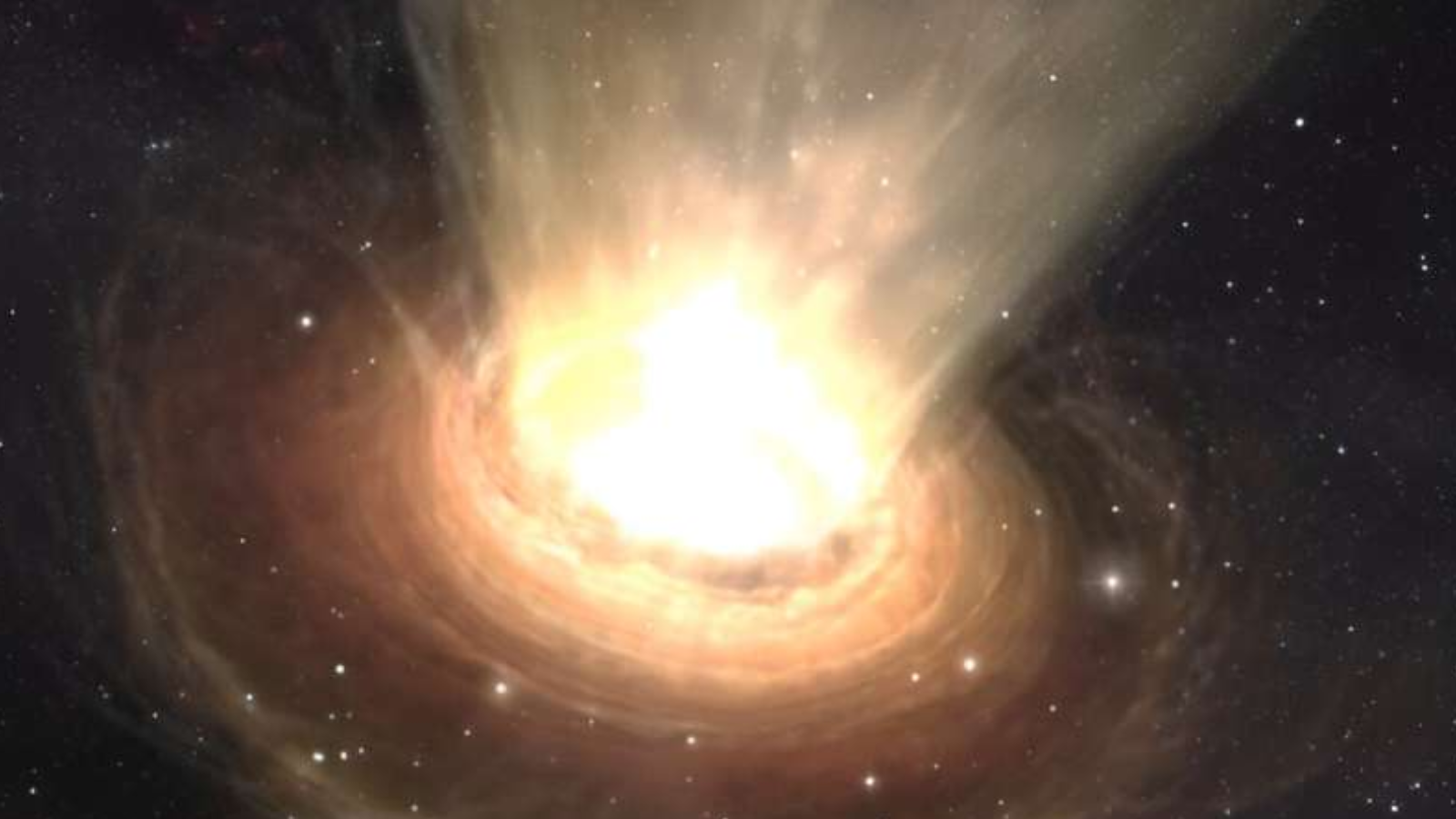
Ancient supermassive black hole is blowing galaxy-killing wind, James Webb Space Telescope finds
By Robert Lea published
The James Webb Space Telescope has spotted the earliest supermassive black hole-driven quasar wind ever seen, pushing away matter at 6,000 times the speed of sound and killing its host galaxy.
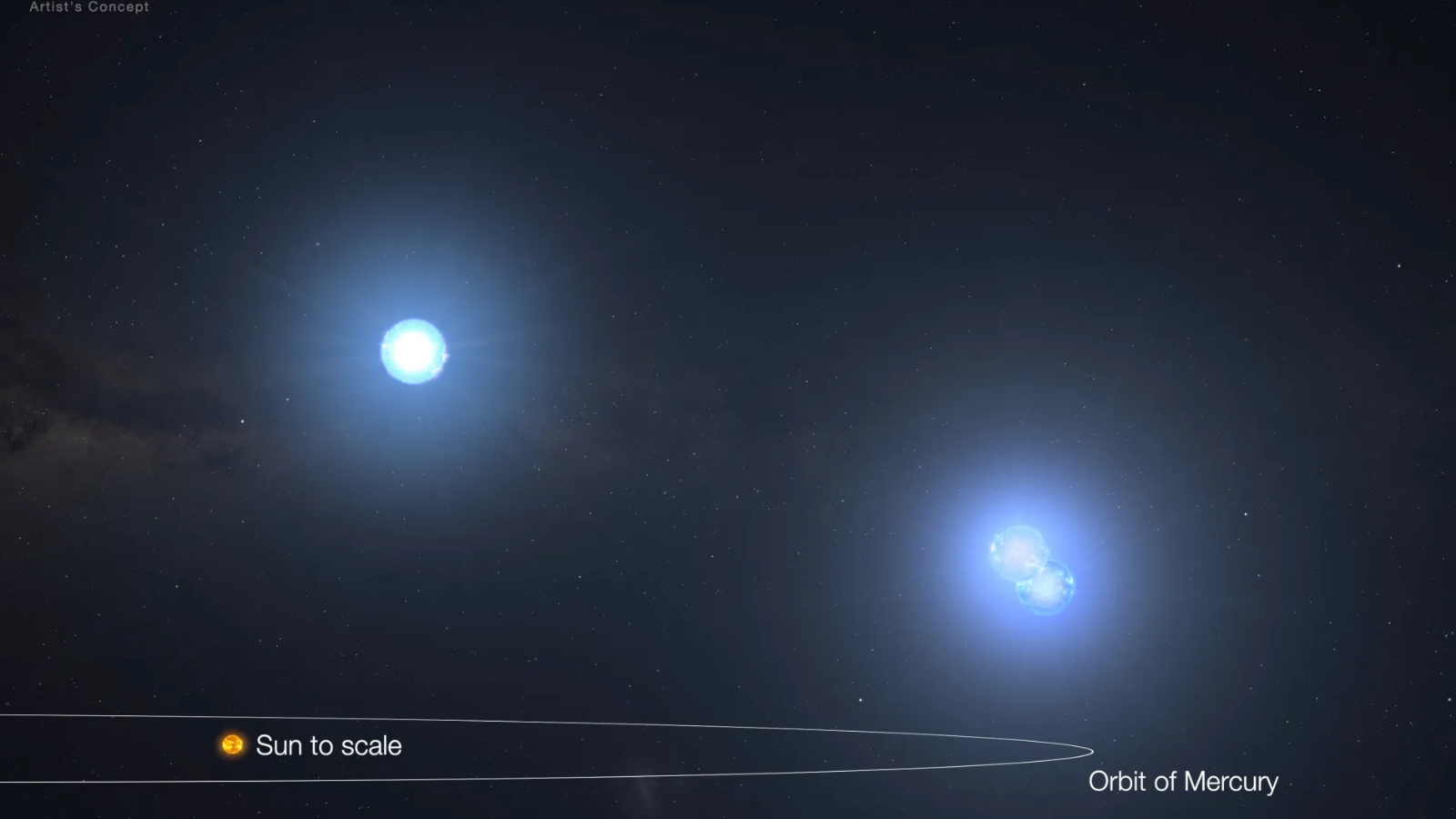
NASA's exoplanet hunter TESS spots a record-breaking 3-star system
By Robert Lea published
Using NASA's exoplanet-hunting spacecraft, TESS, astronomers and citizen scientists have discovered a record-breaking system of three tightly bound stars that could fit between the sun and Mercury.
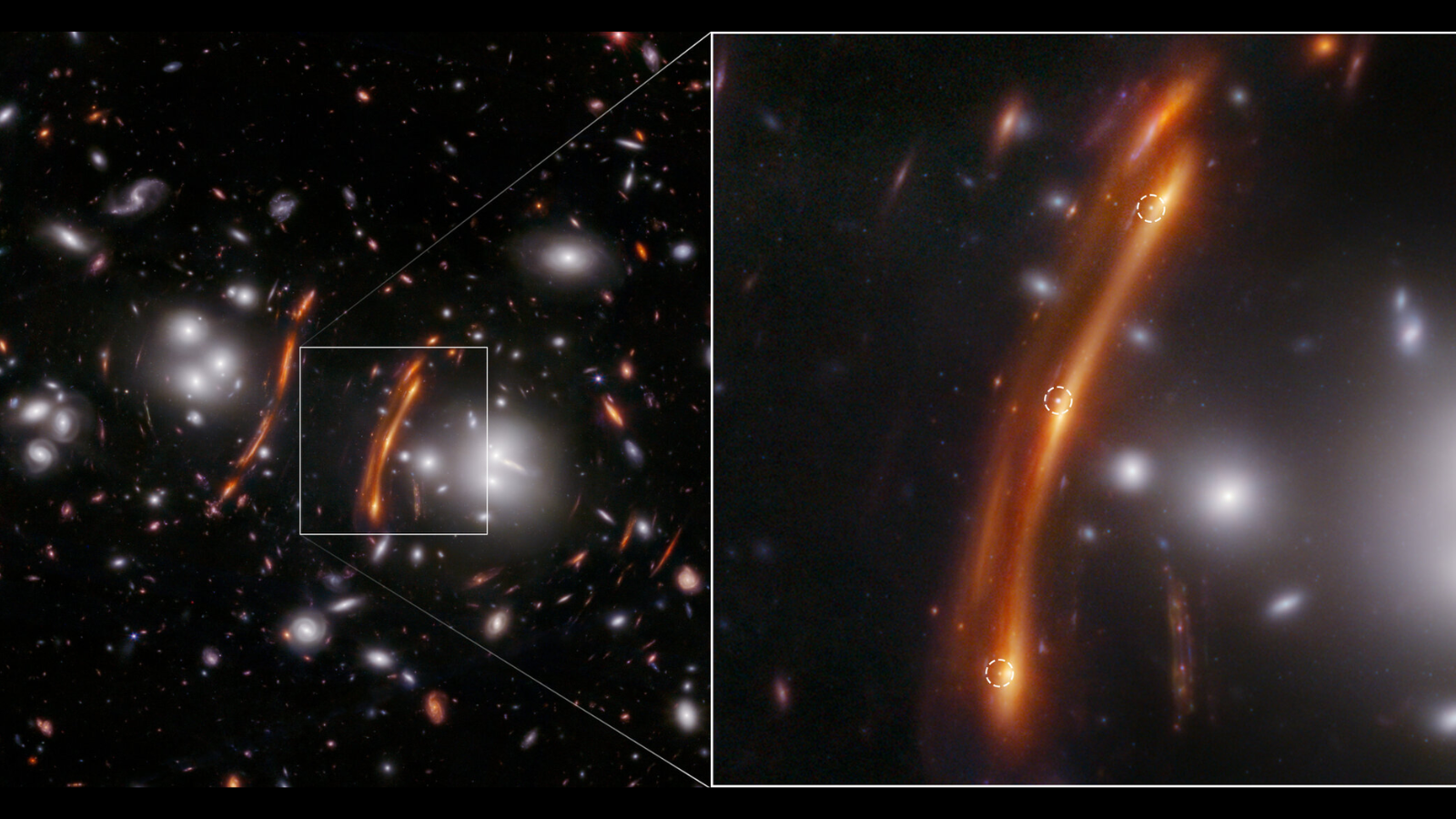
James Webb Space Telescope finds supernova 'Hope' that could finally resolve major astronomy debate
By Robert Lea published
The James Webb Space Telescope has observed a distant cosmic explosion that erupted in the early universe called "supernova Hope" that could help resolve lingering "Hubble trouble."
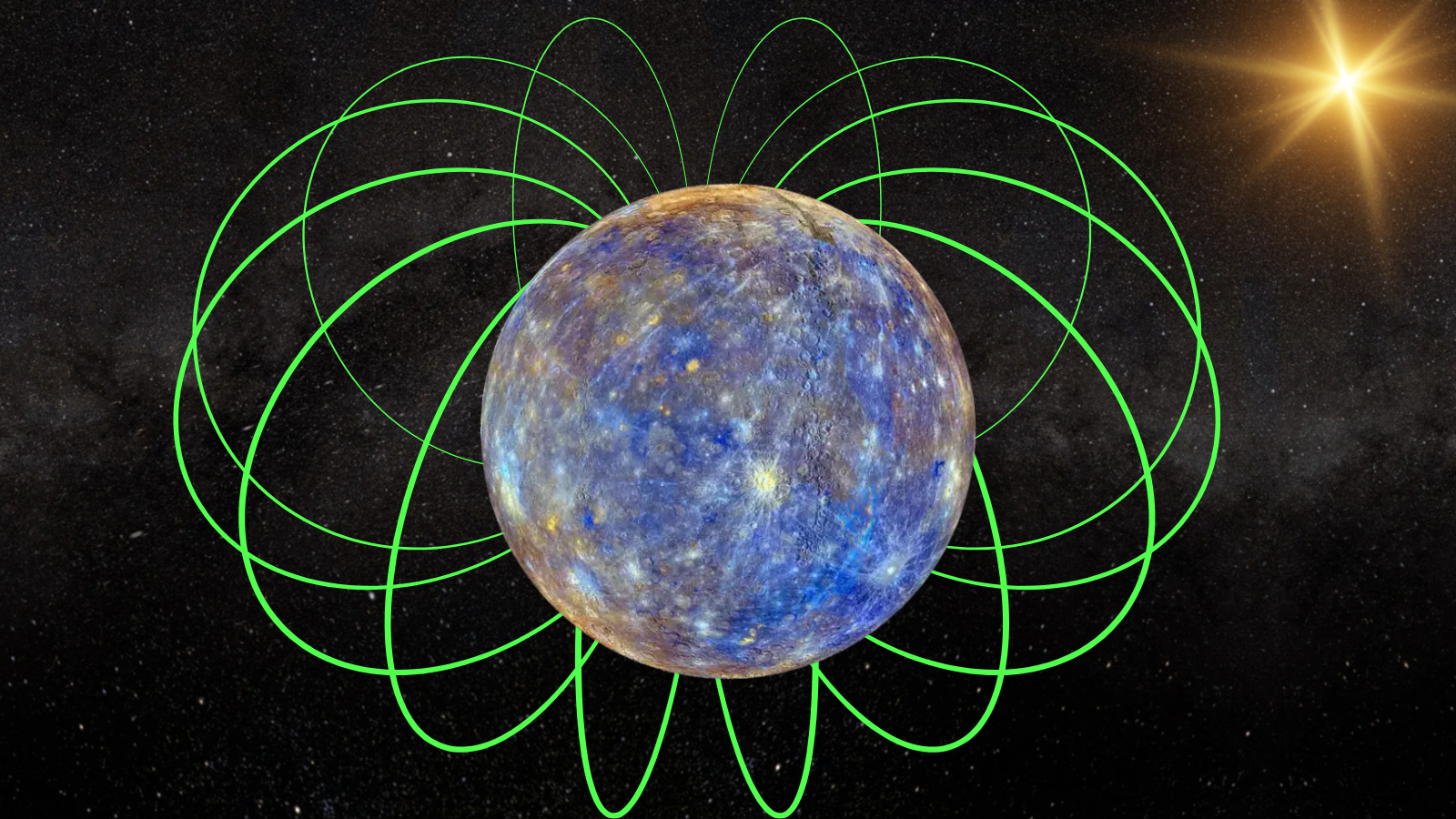
BepiColombo spacecraft's flyby of Mercury begins unraveling the planet's magnetic mystery
By Robert Lea published
The secrets of Mercury's strange magnetic bubble are gradually being unlocked by the BepiColombo spacecraft as it makes its rapid flybys of the world.
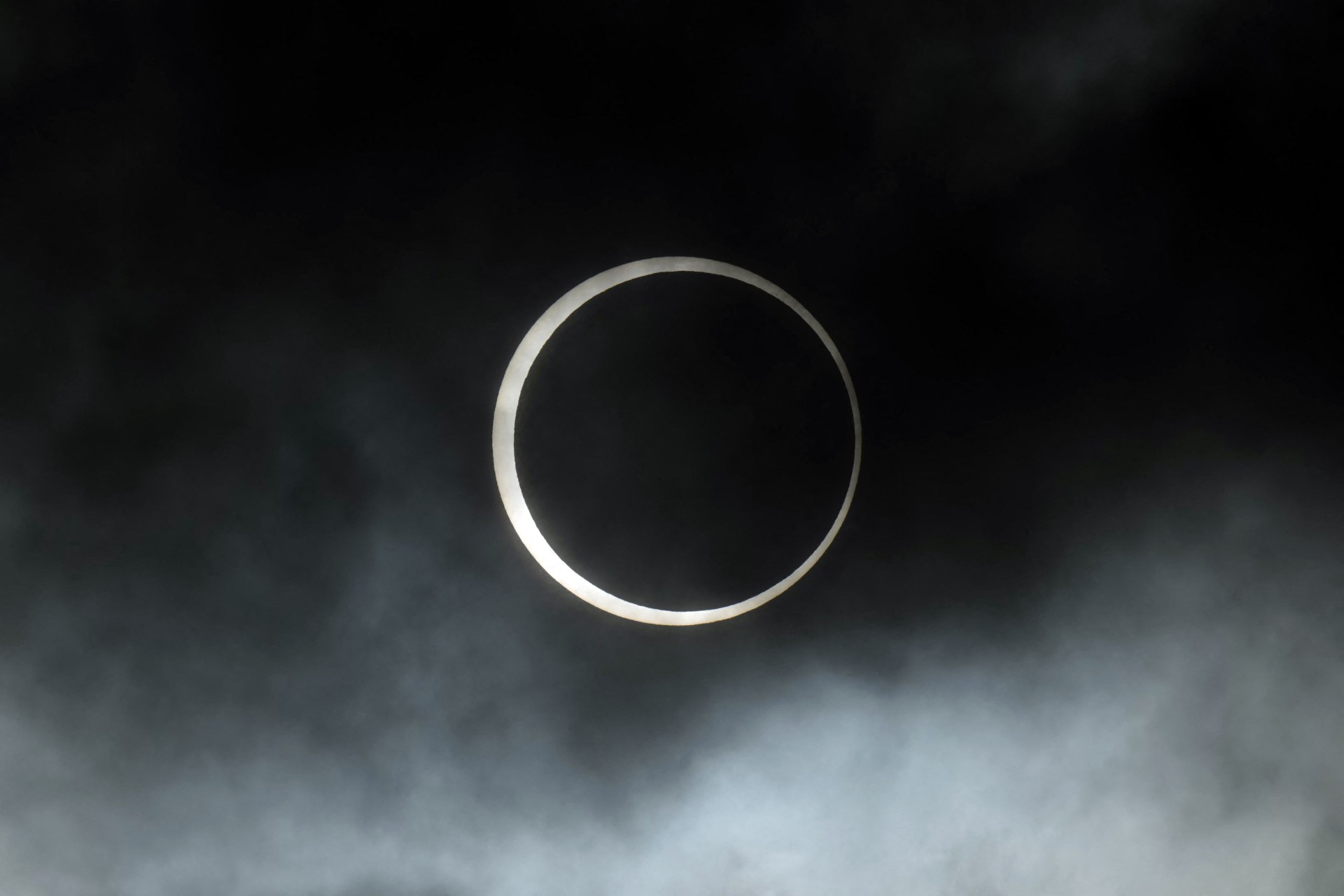
Annular solar eclipse 2024 wows skywatchers with 'ring of fire' over Easter Island & South America (videos, photos)
By Robert Lea published
On Wednesday (Oct. 2), an annular eclipse swept over the Pacific Ocean, Chile, and Argentina, wowing skywatchers who were on hand to catch the "ring of fire" in all of its glory.
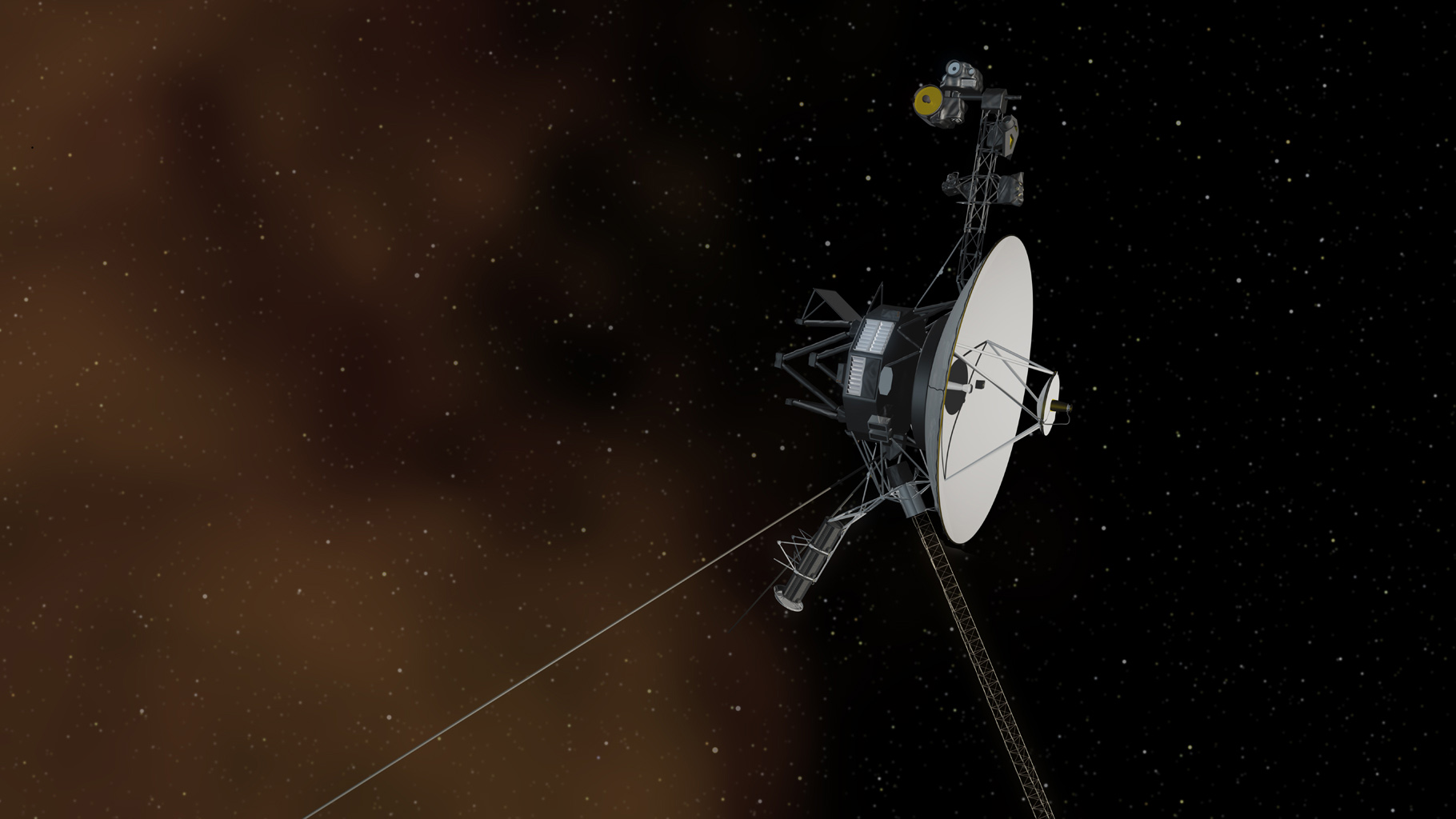
NASA shuts off Voyager 2 science instrument as power dwindles
By Robert Lea published
NASA has turned off one of Voyager 2's science instruments as power conservation becomes crucial for the interstellar exploring spacecraft located 12.8 billion miles from home.
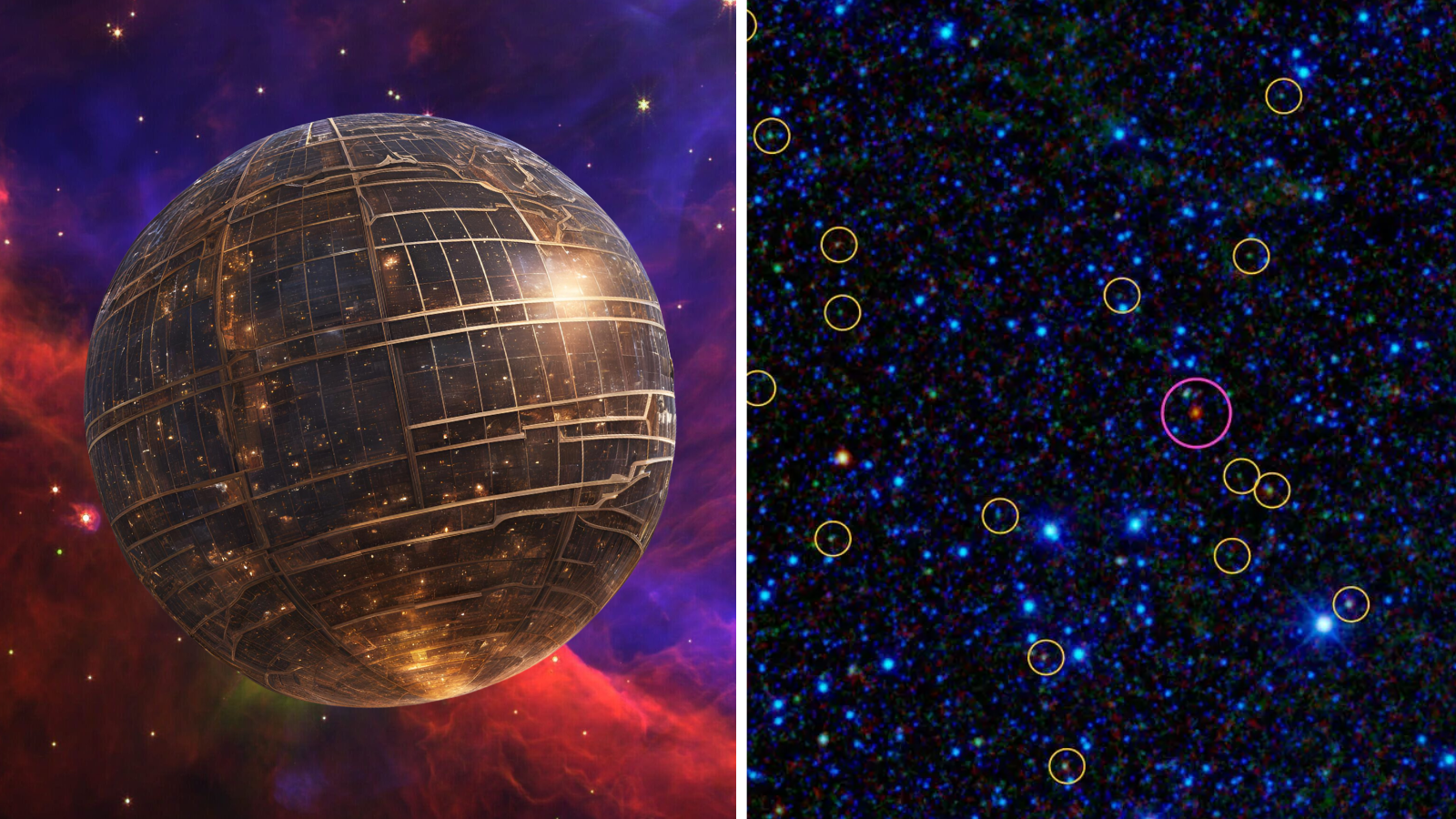
Did a NASA telescope detect cosmic 'hot dogs' or Dyson spheres?
By Robert Lea published
The potential detection of "Dyson spheres" indicating advanced alien civilizations may actually be supermassive black hole powerful galaxies obscured by dusty shrouds called "hot DOGs."
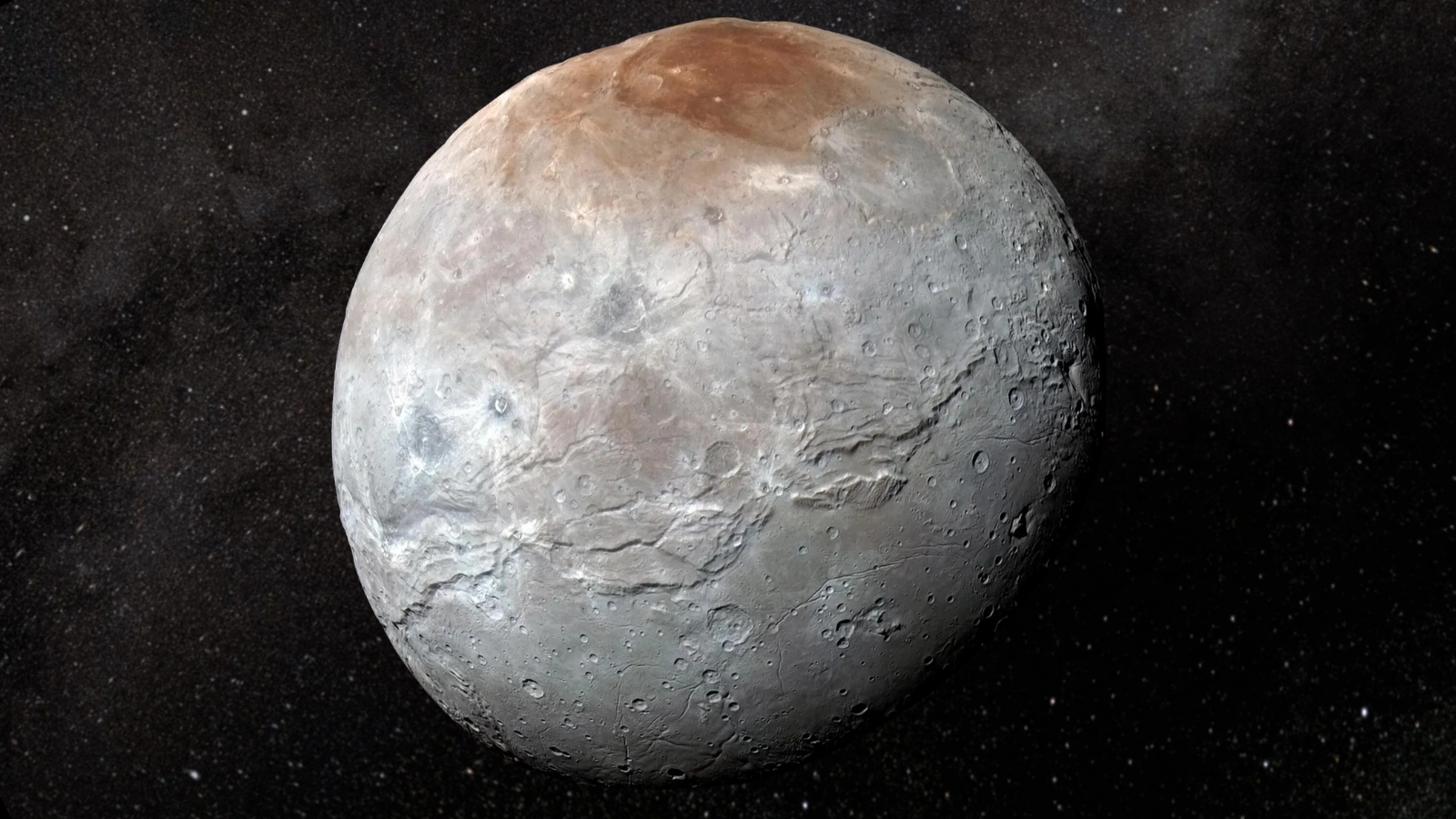
James Webb Space Telescope deciphers the origins of Pluto's icy moon Charon
By Robert Lea published
Using the James Webb Space Telescope, astronomers have discovered carbon dioxide and hydrogen peroxide at the surface of Pluto's largest moon, Charon, potentially shedding light on its origins.
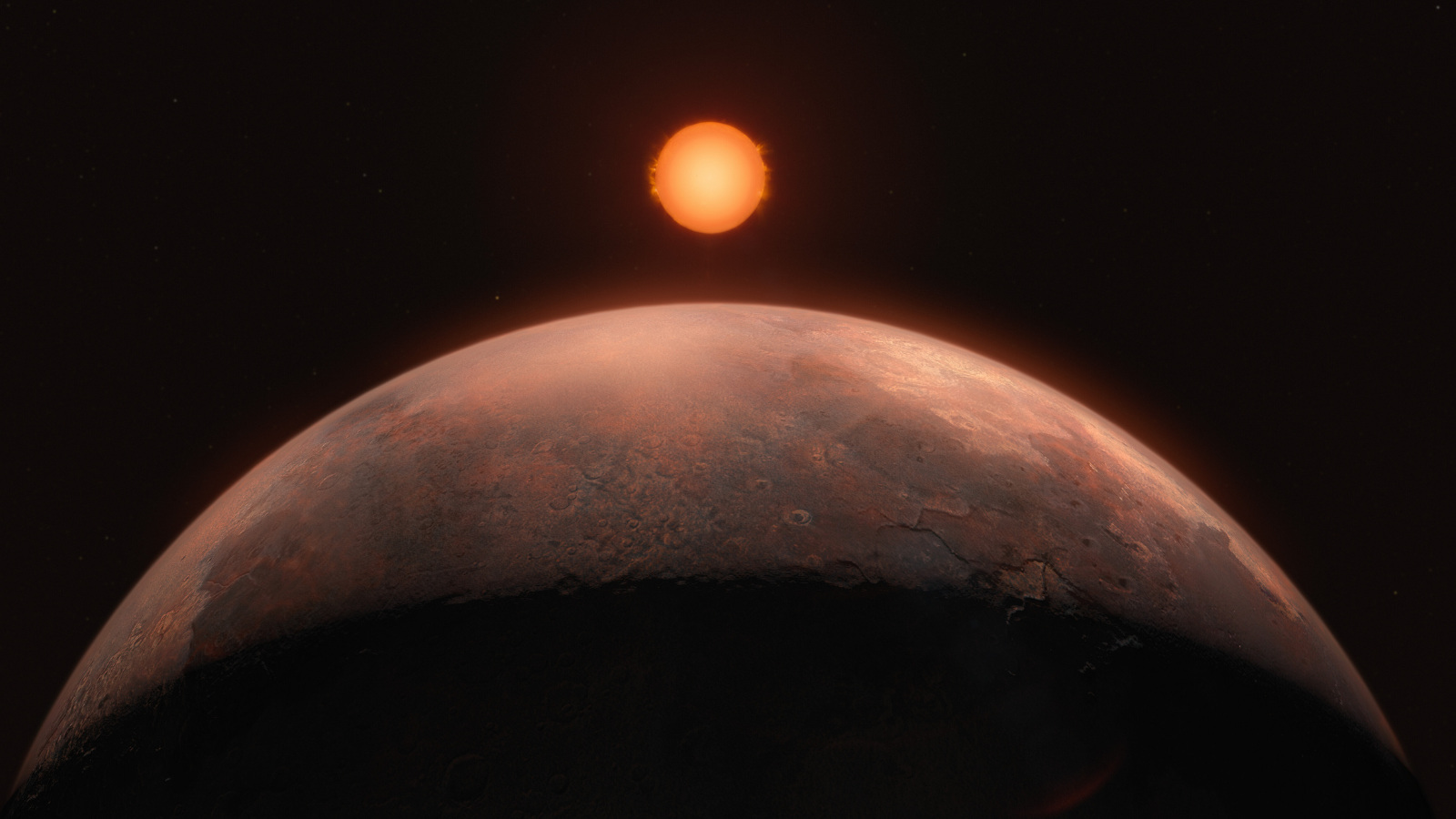
'Sub-Earth' exoplanet discovered around the closest solo star to us
By Robert Lea published
Astronomers have discovered a low-mass "sub-Earth" planet orbiting the closest solo star to the solar system, Barnard's star, that has a year lasting just three Earth days.

5 main stages of the annular solar eclipse 2024 explained
By Robert Lea published
On Wednesday (Oct.2), an annular eclipse will sweep over the globe; here is what you can expect from this ring of fire eclipse, including how it will progress.
Get the Space.com Newsletter
Breaking space news, the latest updates on rocket launches, skywatching events and more!
